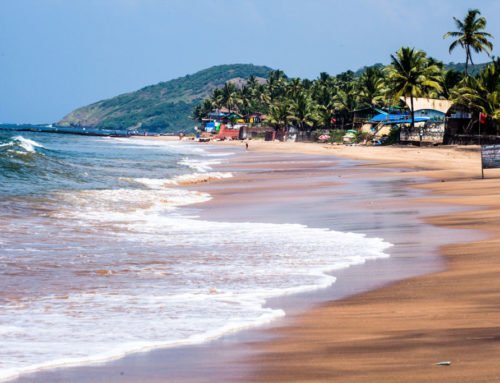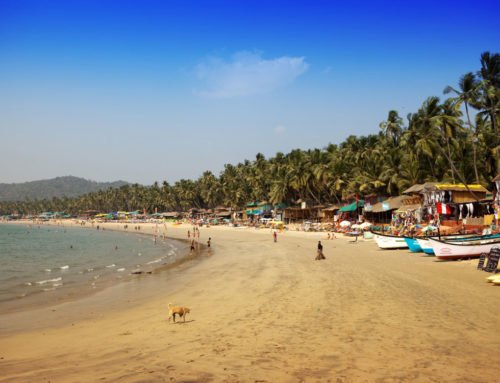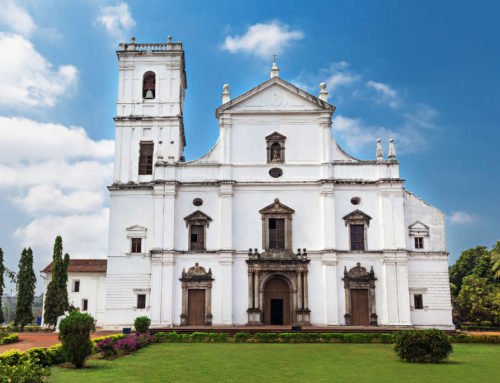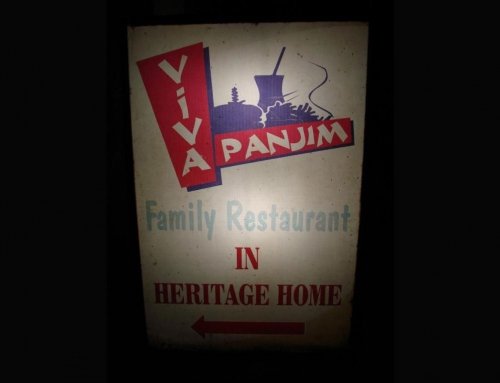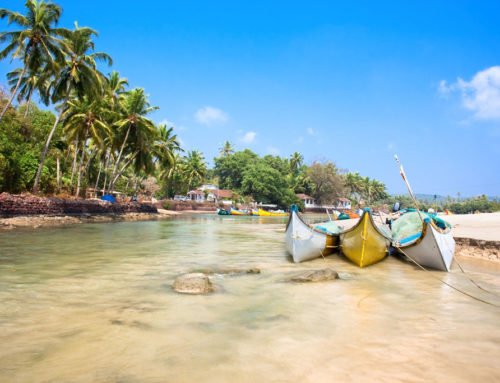Overview
- Features: Portuguese Manueline style church in Old Goa
- Opening Times: 9:30 am to 6:30 pm, daily
- Best Time to Visit: Any day except Sunday
- Duration: 20 to 30 mins
- Travelled By: Bus
- Cost: Free
- Address: Off Panjim-Belgaum Road, Old Goa, Goa, India
- Type: Church
Author Reviews[display_rating_item_results rating_form_id=”2″ rating_entry_ids=”1″ show_category_filter=”false” show_options=”true” result_type=”star_rating” preserve_max_rating=”true” show_title=”false” show_count=”false” ]
Total Rating: [display_rating_result rating_form_id=”2″ show_count=”false” show_rich_snippets=true] [accordions load=”1″] [accordion title=”User Reviews” last] [display_rating_item_results rating_form_id=”5″ show_options=”true” result_type=”star_rating” preserve_max_rating=”true” show_title=”false” show_count=”true” show_rich_snippets=true] [/accordion] [accordion title=”Add Review”][display_rating_form show_email_input=”true” show_comment_textarea=”true” show_name_input=”true” rating_form_id=”5″] [/accordion] [/accordions]
Summary
Built by the Franciscan friars in 1521, and rebuilt in 1661, St Francis of Assisi Church is one of Old Goa’s most important churches. This gorgeous church is filled with gilded and carved woodwork, murals depicting the life of St Francis, frescoes of decorative flowers and various angels, 16th century Portuguese tombstones, and another stunning reredos.
St Francis of Assisi Church Goa
Built by the Franciscan friars in 1521, and rebuilt in 1661, St Francis of Assisi Church is one of Old Goa’s most important churches. Everything except the old doorway was replaced by the larger present structure in 1661 (itself restored between 1762 and 1765). This church is a rare example of the Portuguese Gothic (Manueline) style, which uses many nautical motifs, and was developed during the reign of King Dom Manuel (r.1469-1521).
[singlepic id=1588 w=720 h=560 float=center]
The three tier façade of St Francis of Assisi Church is a broad vault of a church with an octagonal tower on each side and in the central niche there is a statue of St Michael. The main entrance is decorated with circular pilasters and rosette bands. A pair of navigator’s globes and a Greek cross (the emblem of all Portuguese ships) embellish the door.
The central nave is barrel-vaulted while the crossing is rib-vaulted which supports the choir.
The superb Baroque interior has frescoes of decorative flowers and various angels on the walls and ceiling, and the floor is paved with the sculpted tombstones of 16th century Portuguese nobility.
[singlepic id=1582 w=720 h=560 float=center]
[singlepic id=1585 w=720 h=560 float=center]
Above the tabernacle is the main altar with a large statue of St Francis of Assisi and Jesus on the cross. Statues of St Peter and St Paul are seen below the adjoining walls of the nave. On either side of the baroque high altar are stunning reredos consisting of paintings on wood depicting scenes from from the life of St Francis of Assisi.
Other noteworthy features are the pulpit, which is carved in floral designs, and the painted panels in the chancel, which depicts various scenes from the saint’s life.
[singlepic id=1589 w=720 h=560 float=center]
[singlepic id=1583 w=720 h=560 float=center]
Situated outside the main entrance are stones belonging to the church before it was rebuilt in 1661. These stones depict Portuguese nautical motifs as well as religious themes.
[singlepic id=1584 w=720 h=560 float=center]
Just behind the church, the former convent houses the Archaeological Museum and Portrait Gallery (admission Rs 10; 8am-5pm), with sculptures pre-dating the Portuguese, many from the 12th-13th centuries when Goa was ruled by the Kadamba Dynasty. There are ‘hero stones’ carved to commemorate Hindu warriors who perished in combat, and ‘sati stones’ marking the practice of widow burning. There is also a rather fine collection of portraits of Portuguese governors upstairs that is revealing both for its charting of the evolution of court dress as well as the physical robustness of the governors inside. Some governors were remarkable for their sickly pallor, others for the sheer brevity of their tenure of office, which must have set the portrait painters something of a challenge. Also included in the small but worthwhile collection are a couple of bronze statues and fragments of Hindu temple sculpture.



